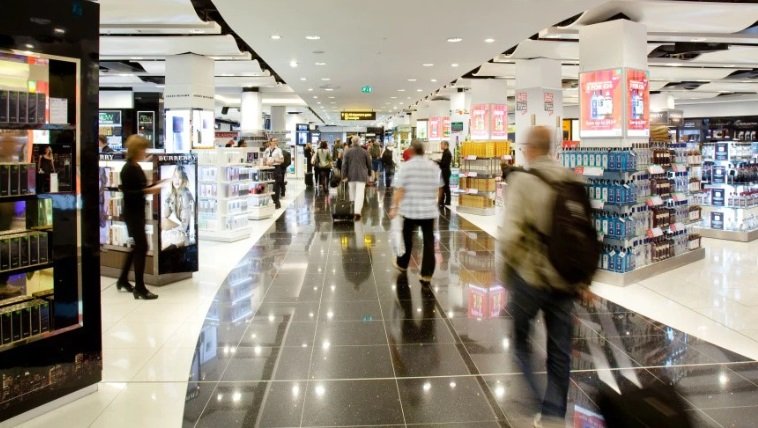
From “new normality” to “new future”
The annual increase of millions of travelers around the world guarantees the continuous growth of the Travel Retail sector. The factors that determine the rapid increase that air transport is experiencing, are:
- Changes in the tastes and needs of consumers.
- Reductions in the relative cost of air transport.
- Growth in economic activity.
The tourism-oriented duty free trade vision has grown along with the tourism industry. It is currently becoming one of its pillars, with a turnover of 94 billion dollars in 2019; it’s expected that by 2028, the market value will be 188 billion dollars.
However, recently, the average outflow of tourists had started a downward trend that contrasts with the high forecasts in the global volume of travelers This mismatch is due to the boom in low-cost airlines, the incorporation of millennials into the tourism market and the entry of a new generation of travelers from emerging markets.
The COVID19 crisis had a severe effect on the tourism sector, not only hotels, bars and restaurants but, unfortunately, others, as well; one of the most impacted sectors is travel retail. At airports, where 55% of travel retail income is generated, the product category mainly affected has been cosmetics, huge profit center within this TR channel. In view of this, the travel retail business sector is now heading towards a new era, based on the low-cost segment, opening up to the “mass market” and the implementation of digitization… so as to improve the traveler experience and be able to recover part of the revenue lost during 2020 and into 2021.

Just as the way of travelling will change, so will Travel Retail. We will have to adapt to new trends in tourism and consumer behavior. Digitalization is crucial, as well as searching for new ways to buy iconic, timeless, and durable pieces. Also critical is store design, looking to maintain healthy distancing, while trying to maximize sales with a lesser flow of travelers.
According to a Counter Intelligence Retail (CIR) report, stores at airports must play the convenience card, seeking customers loyalty with hyper-personalization, while adapting to the omnichannel retail trend. Technology will be the basis for alliances between retailers and tour operators accessing information. It will also help them to personalize offers and make cross-sales. An example of customer convenience would be the ability to make purchases at an airport check-in counter to be picked up at the boarding gate, among other options offered by using mobile apps. It’s also easier for travelers to pay in any currency or currency combination; they can buy in situ and receive purchased items at home, or they may simply use the click-and-collect service.



